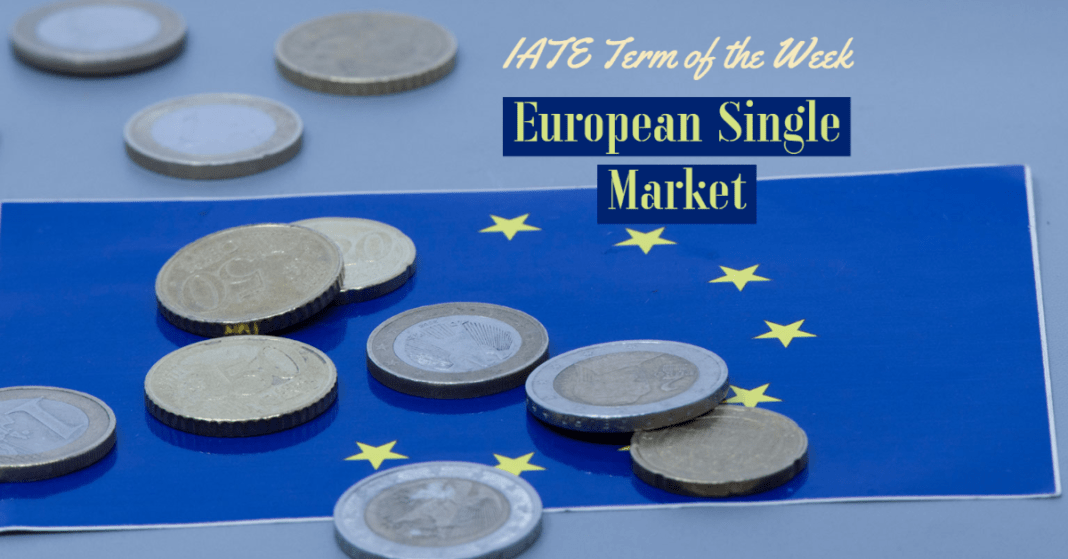In January 2023, the European Parliament celebrated the 30th anniversary of the Single Market.
In late March 1957, the six European countries that belonged to the European Coal and Steel Community (ECSC), signed a treaty in Rome, which would establish the European Economic Community (EEC).
In fact, the ECSC, which was established in 1952 after two world wars, can be considered the real beginning of Europe’s single market. The idea behind it was that if German and French production of two such important products for wartime activities – coal and steel – were under the control of a single authority, then this would prevent further conflicts in Europe. The French government proposed the idea – one that the pro-European French statesman, Jean Monnet, had carefully crafted – and Italy, the Netherlands, West Germany, Belgium and Luxembourg all agreed to it. This initial collaboration on coal and steel was what made the establishment of the EEC possible five years later.
The Single Market is all about bringing down barriers and simplifying existing rules to enable everyone in the EU to make the most of the opportunities offered to them by having direct access to 27 countries and 450 million people.
The cornerstones of the single market are often said to be the “four freedoms” – the free movement of people, goods, services and capital. These freedoms are embedded in the European Union’s treaties and form the basis of the Single Market legislative framework.
Thanks to the single market (sometimes also called the internal market) people, goods, services and money can move around the EU almost as freely as within a single country. EU citizens can study, live, shop, work and retire in any EU country, and enjoy products from all over Europe.
The single market also makes the EU a more important trading partner, in a world where individual European nations find it difficult to compete with countries with continent-sized economies, such as the US and China.
The European Common Market has not just been a driver of European unity, it is also an economic success story.
References:
Amt, A. (2020) Europe’s single market , Germany’s Presidency of the Council of the European Union. Available at: https://www.eu2020.de/eu2020-en/news/article/-/2406352
European Single Market. Available at: https://www.cece.eu/industry-and-market/european-single-market
Directorate-General for Communication (European Commission) (2020) Single market., Photo of Publications Office of the European Union. Publications Office of the European Union. Available at: https://op.europa.eu/en/publication-detail/-/publication/25deabe8-199a-11eb-b57e-01aa75ed71a1
Written by Elena Busygina-Michel


